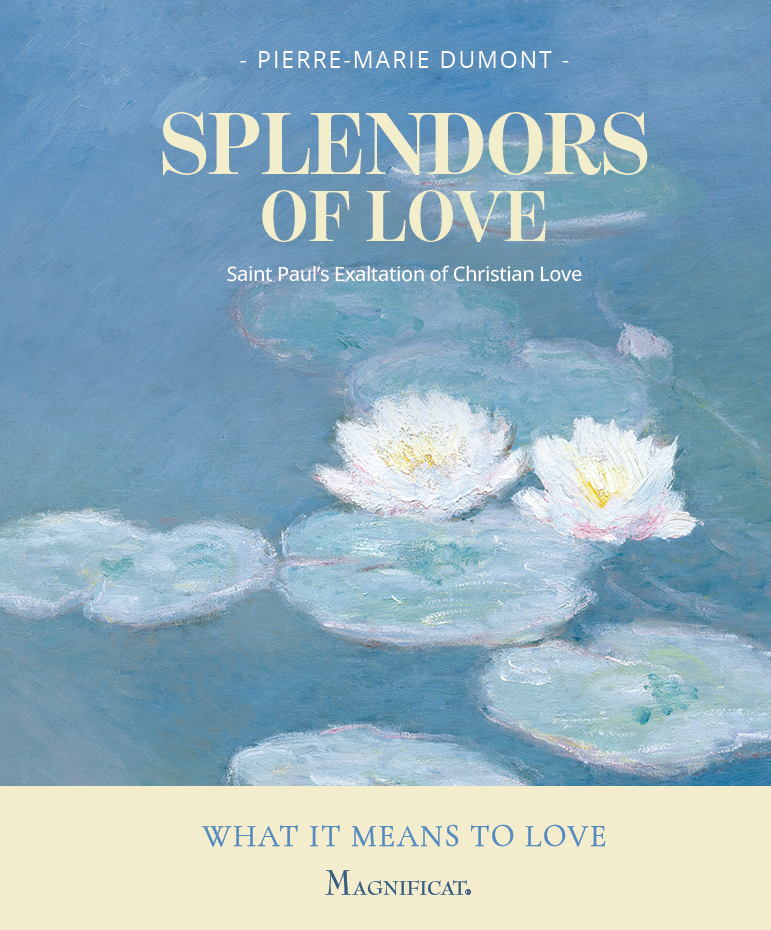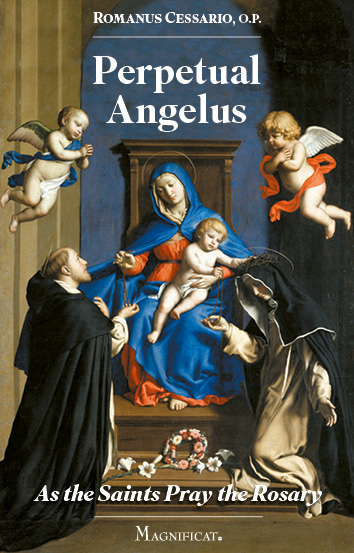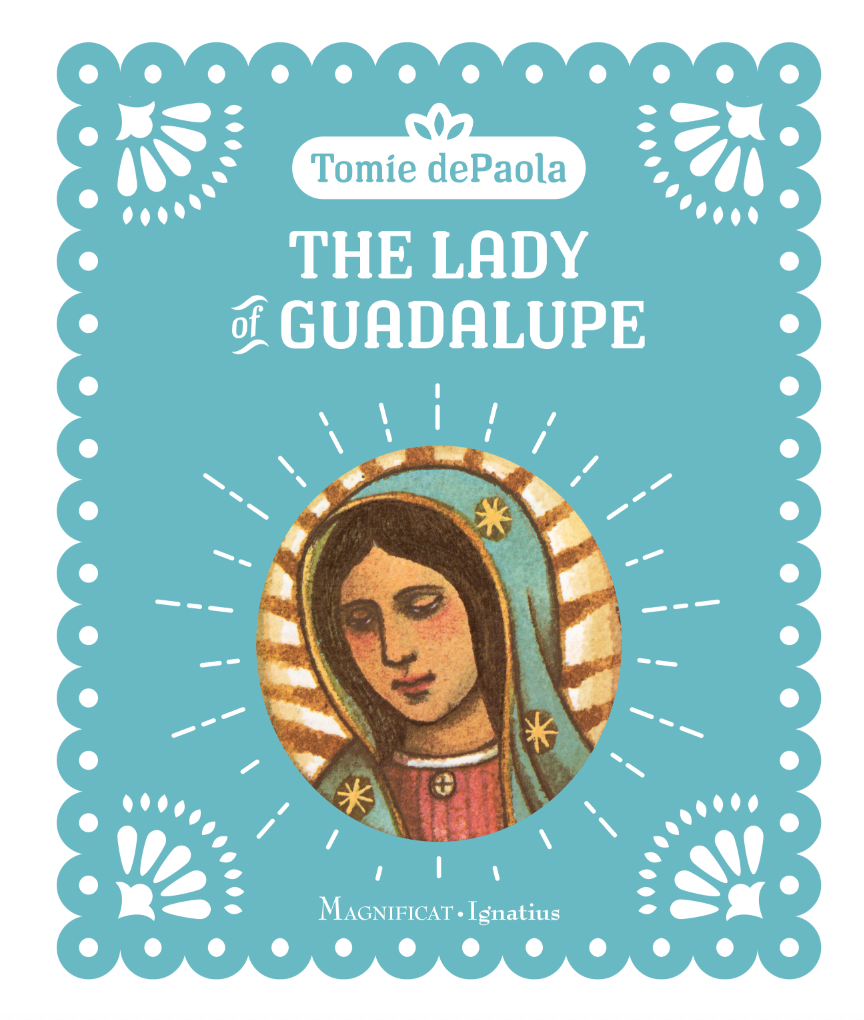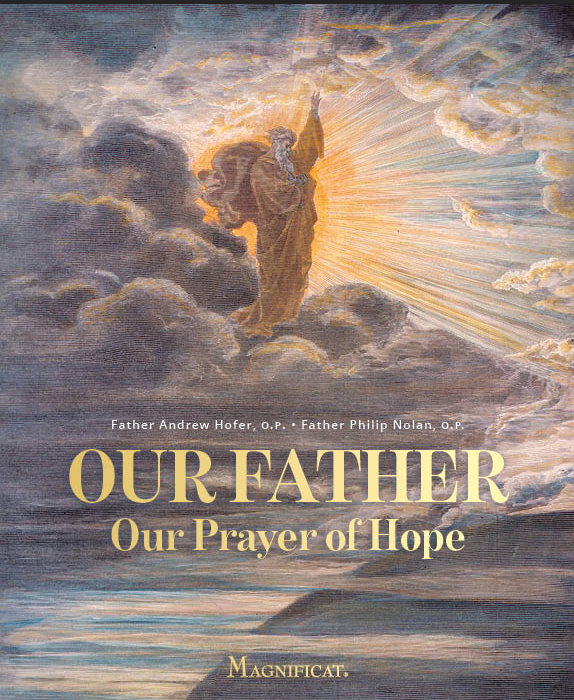One of the ancient apocryphal narratives concerning the birth of Our Lady includes the following dialogue: St. Anne asks the midwife: “What have I brought forth?” “A girl!” replies the midwife. (The beginning of the Good News is: “It’s a girl!”) And Anne responds—in an interesting twist on the Magnificat—“The Word has magnified my soul!” On September 8th, the whole Christian world joins St. Anne’s exclamation of gratitude. The tiny, newborn Mary ushers joy into this world of sadness.
In the Christian dispensation, the birth of a girl marks the beginning of salvation. The long wait is over: the Mother of the Messiah is born, and all creation sings its heart out. Now it is only a matter of time before the Savior himself will be born of this chosen maiden, the “glory of Jerusalem, the joy of Israel, the honor of our people.” Already, the darkness begins to lift and hope wells up, like the flower that buds forth from the root of Jesse. The celebration of Mary’s birth anticipates Advent. It reminds us of the careful preparation of a covenant people. It points us back towards our Savior’s family tree.
The dawn of the sun
Mary is now on the scene, and the last stages of preparation have begun. She is the dawn that heralds the coming of the Sun of Justice, the Morning Star that rises with the promise of a new Day. With the birth of a girl child, God has made ready an earthly dwelling-place for his Son. The birth of the Mother is the indispensable prelude to the birth of the Son, as the lovely hymn proclaims, “Mary the Dawn, Christ the perfect Day;/ Mary the Gate, Christ the heavenly Way.”
From birth to birth
We celebrate our Blessed Lady’s birthday, September 8, in keeping with a tradition that goes back to 5th-century Jerusalem. The feast is associated with a pilgrimage site, a spot in the Old City remembered as the home of Joachim and Anne, and therefore Mary’s birthplace, near St. Stephen’s Gate (or the Lion Gate) and the pool of Bethesda. Pilgrims today can still descend into the crypt beneath the beautiful Crusader Church of St. Anne, pray in the little chapel, and venerate there an icon depicting Mary’s nativity. Such an act of devotion is the obvious counterpart to a visit to a crypt in the Church of the Nativity in Bethlehem where the Virgin herself gave birth to the Savior of the world. His birth is forever linked with her birth.
“In the fullness of time,” St. Paul writes, “God sent his Son, born of a woman, born under the law” (Gal 4:4). The symbol of the Council of Chalcedon (AD 451) puts it this way: “Begotten from the Father before the ages as to his divinity, [Our Lord] in these days, for us and for our salvation, was born to his humanity of the Virgin Mary, Mother of God.” St. Leo the Great delighted in the paradox: Christ is consubstantial with his Father and consubstantial with his Mother!
The fulfillment of God’s plan
The Word was made flesh and dwelt among us (Jn 1:14). This is the awe-inspiring mystery of the Incarnation. It was accomplished by the power of the Holy Spirit, of course, but not without the free cooperation of the virgin, Mary of Nazareth. God’s plan, carefully laid for generations, indeed for centuries, through the formation of his covenant people, was brought to realization in Mary. In this daughter of Zion the longing of Israel came to perfection: her heart was eager to welcome the Child conceived in her womb by the overshadowing of God’s Spirit. Her longing reached up, as it were, and met God’s longing, reaching down. Her fiat flung open humanity’s door, and the Word of God entered, once and for all, our Brother in the flesh come to reconcile us to the Father.
As we celebrate the birth of Mary, “cause of our joy,” let us ask the help of her prayers, that we, too, may give God joy by our eagerness to welcome Christ into our hearts and bring him to birth in our world.
©Magnificat September 1999









